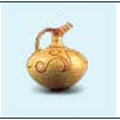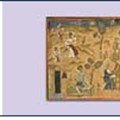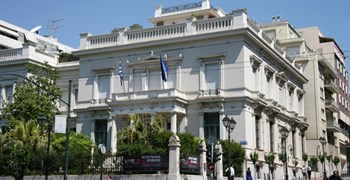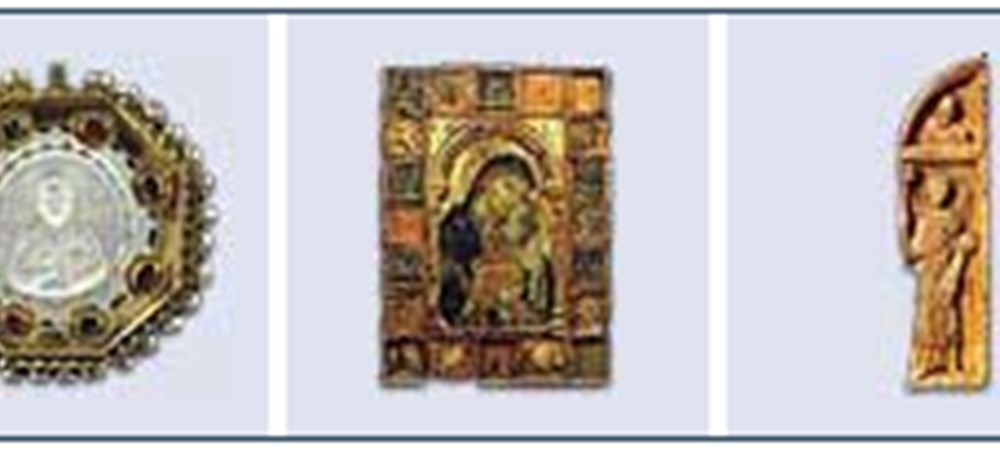Byzantine art
The Byzantine collection links the ancient Greek world to that of modern Greece. The collection is exceptionally rich, although it is not representative of all the different artistic tendencies and currents which flourished during the thousand-year Byzantine Empire, and is divided into two groups.
The first group comprises bronze and silver household and ecclesiastical vessels, miniature sculptures and enamels, ceramics, manuscripts, etc., many of outstanding quality and workmanship.
The second group includes Byzantine and post-Byzantine icons, through which the evolution and development of iconography from the Byzantine period and the Palaeologan renaissance can be traced in the workshops of Crete and the artistic production of Mount Athos, up to the early stages of the modern Greek painterly tradition.
A number of household vessels from the early Byzantine period (4th to 7th centuries AD) help to create a picture of the domestic surroundings of late antiquity. The rich selection of lamps and chandeliers is also of especial interest.
The important collection of decorative silver plates dating from the late 6th and early 7th century clearly preserves the subject matter of the artistic tradition of Greco-Roman antiquity and the manner of depicting the human figure. The Museum's collection of ceramic platters likewise offers a rich selection of decorative themes.
Text source
Image source
Exhibitions and events

The collection of Prehistoric, Ancient Greek and Roman
Permanent exhibitionThe collection of Prehistoric, Ancient Greek and Roman antiquities which is formed through the contributions of several Greek and foreign donors, as well as from the reserves of other museums, covers...

Post-Byzantine and Neo-Hellenic ar
Permanent exhibitionThe collections of ecclesiastical and secular art cover the historical period from the 15th to the 19th century and provide evidence of the high level of culture in the Greek world during the...

Historical heirlooms
Permanent exhibitionThe collection of historical heirlooms recreates the history of modern Greece from the end of the 18th century onwards. Many of the objects in the collection are family heirlooms donated by the...

Collection of Paintings, Drawings and Prints
Permanent exhibitionWhilst the nucleus of this collection is made up of works from Antonis Benakis' personal collection, the bulk of it is derived from the donation made by Damianos Kyriazis in 1953, as well as from...
Activities from this museum
We don't have anything to show you here.











